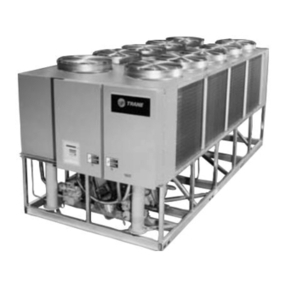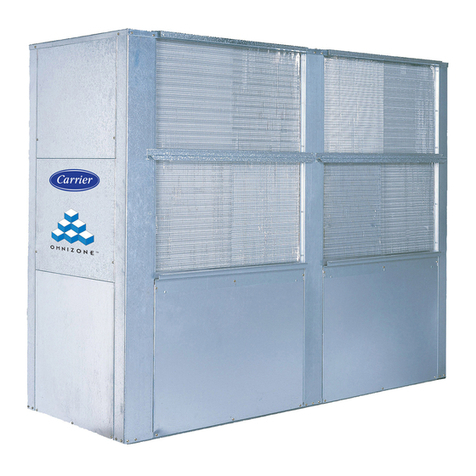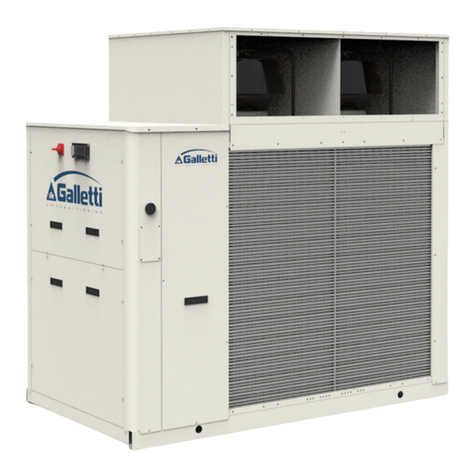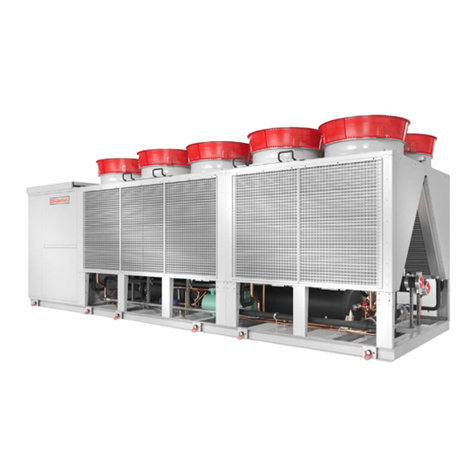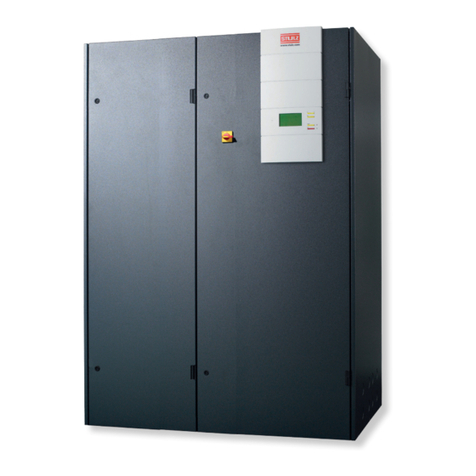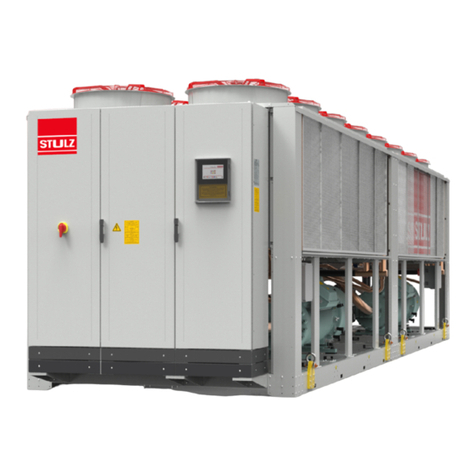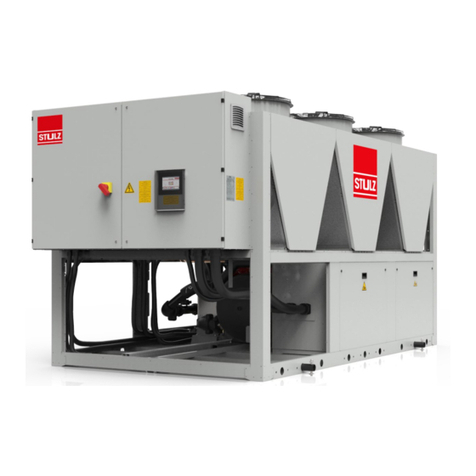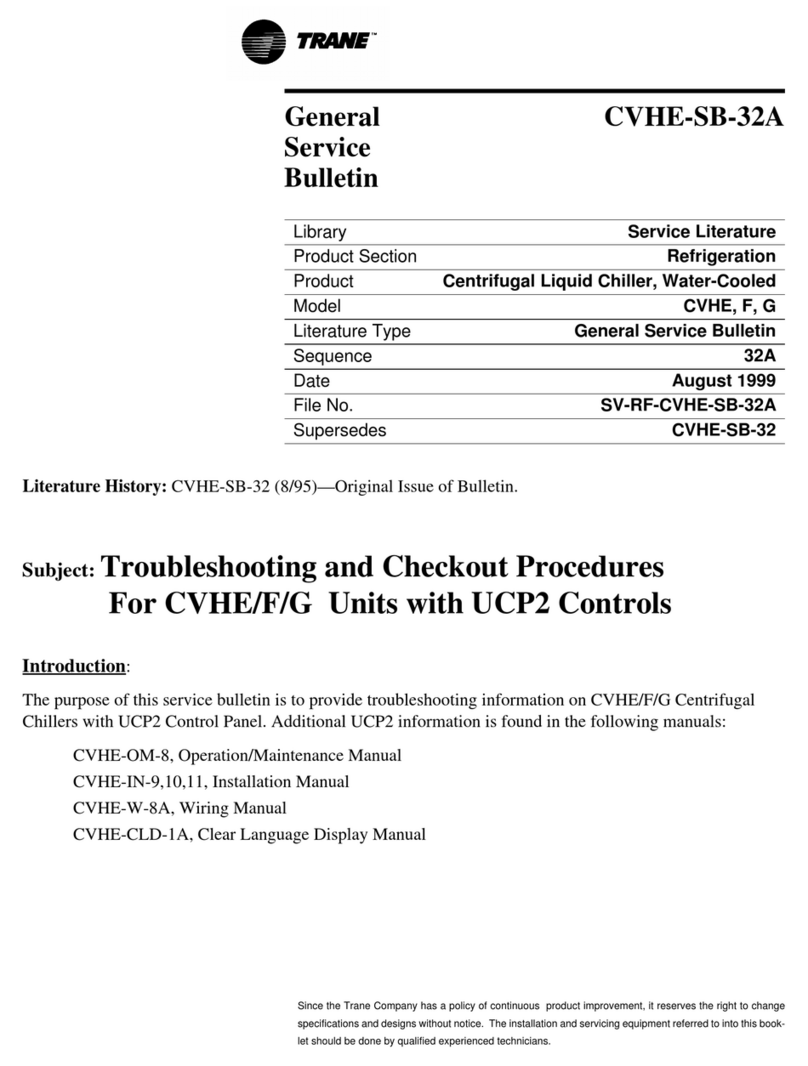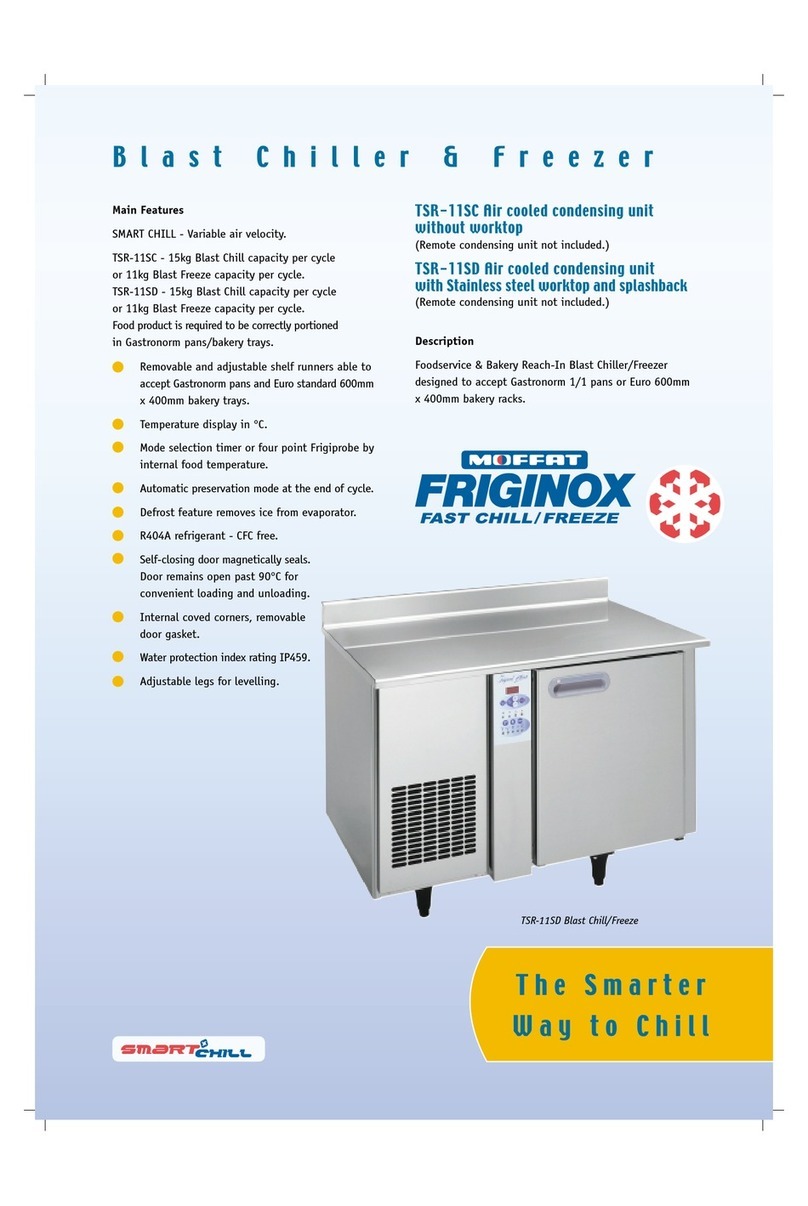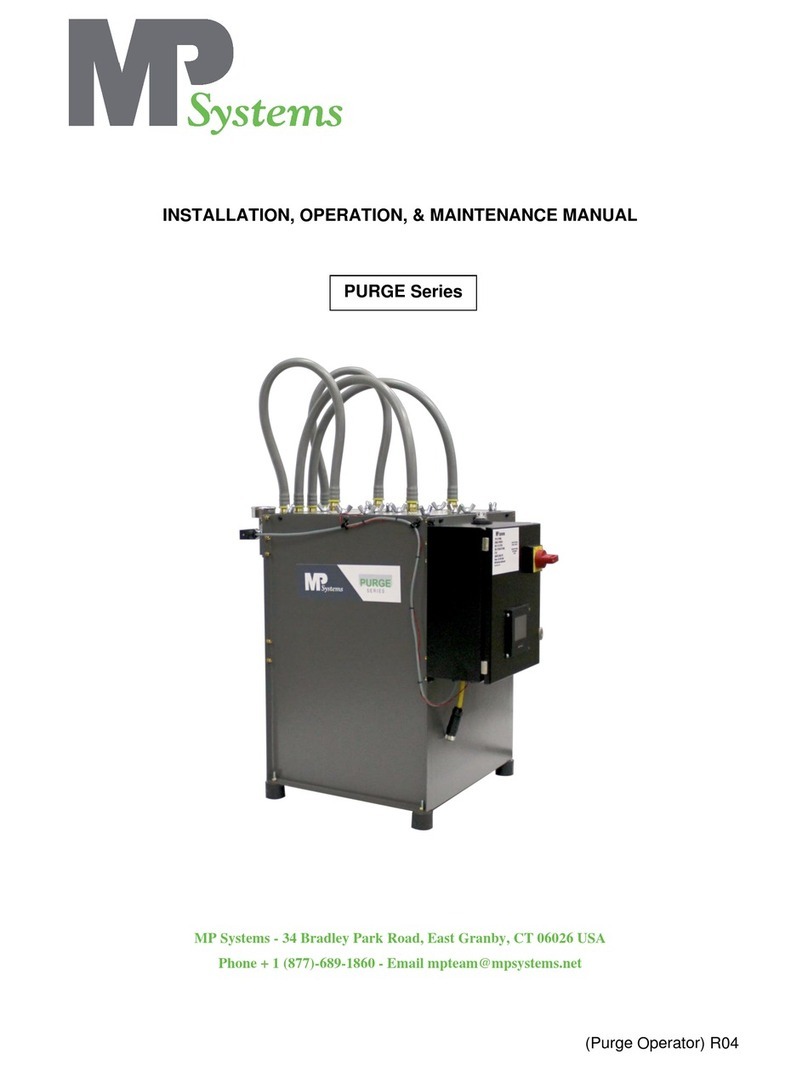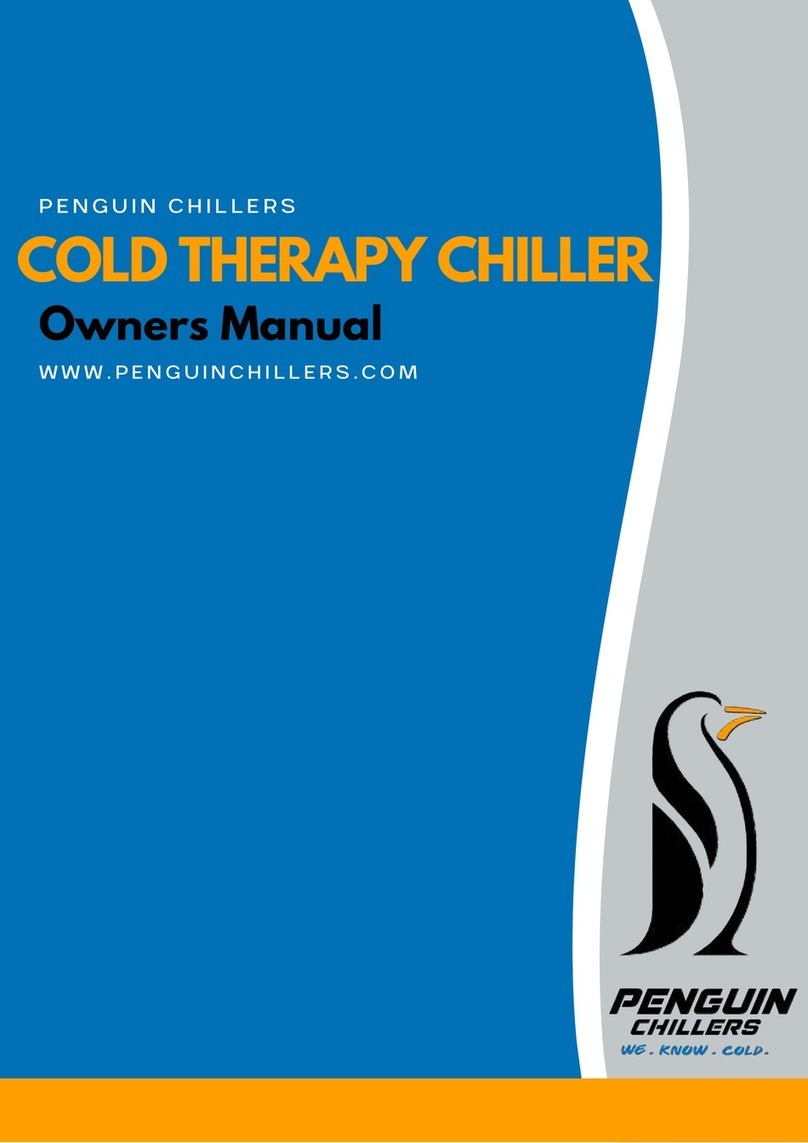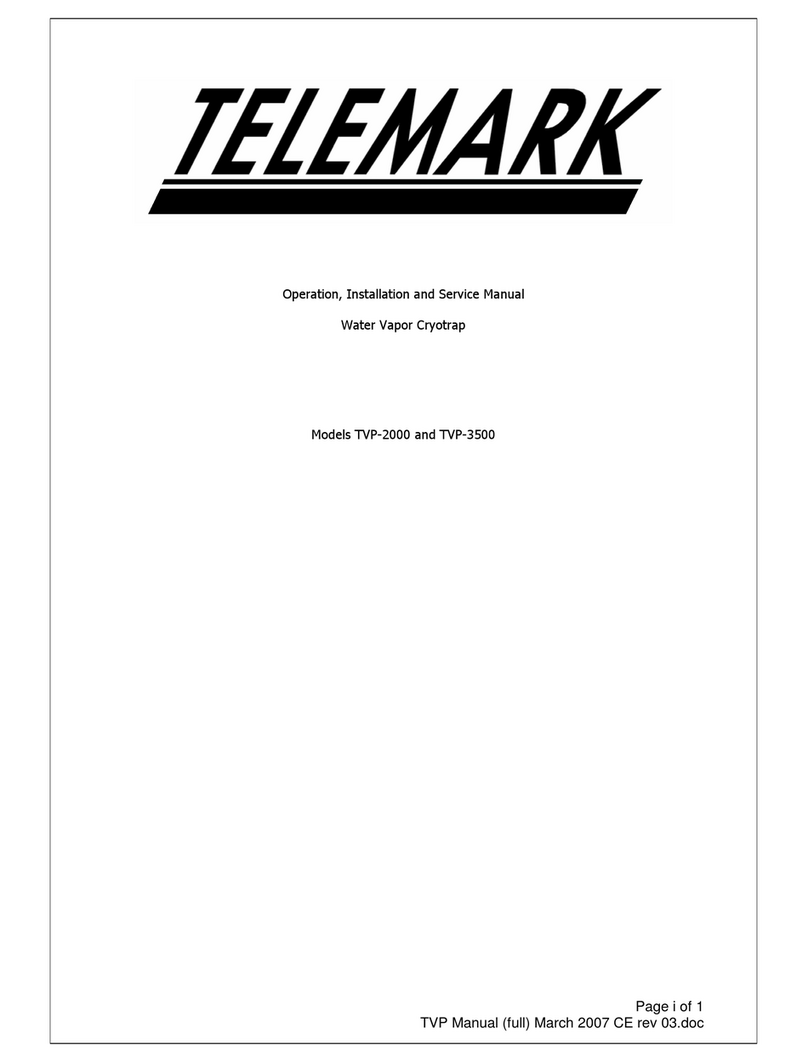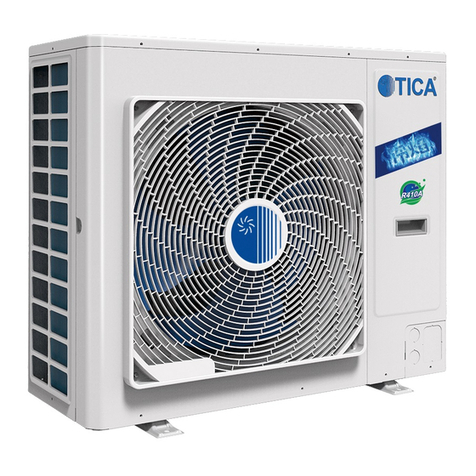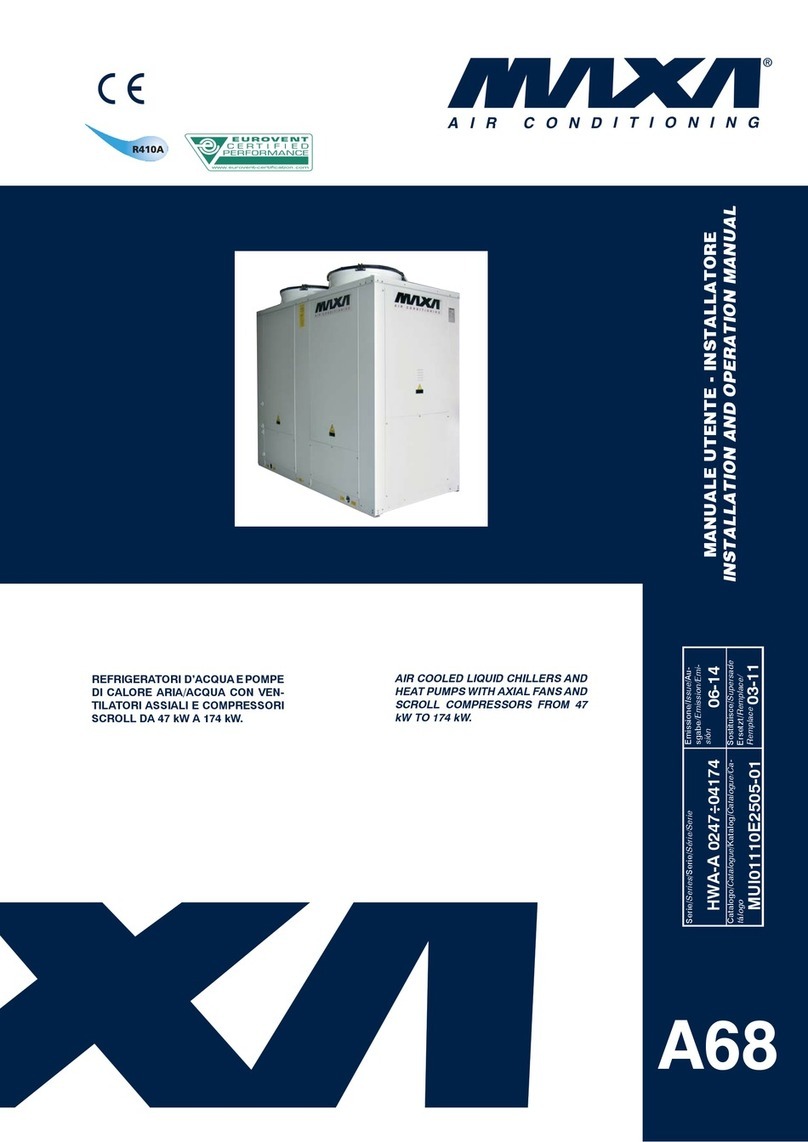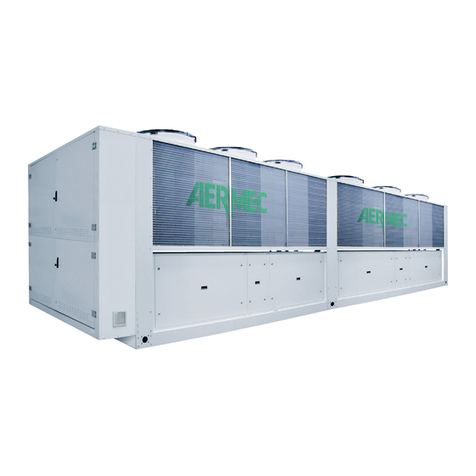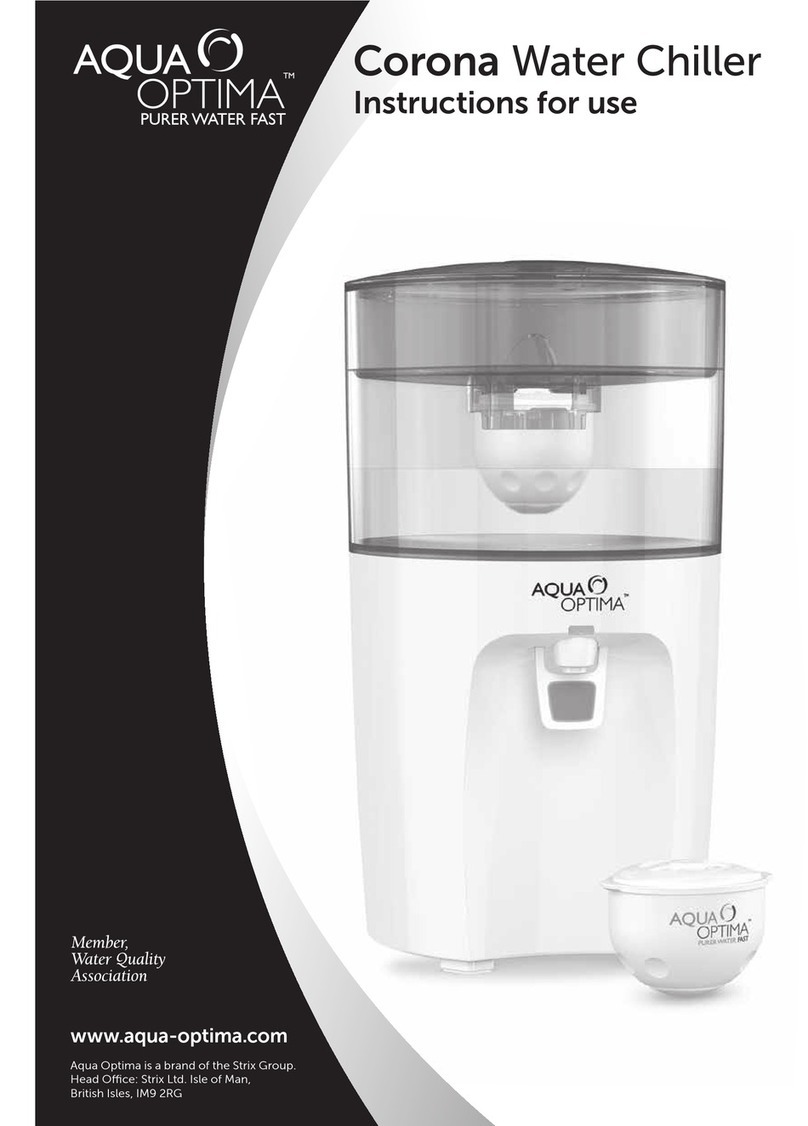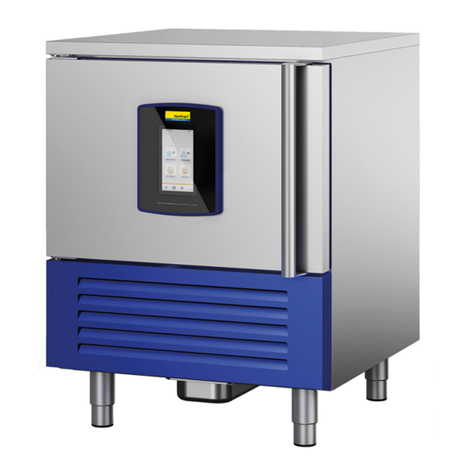
5© STULZ S.p.A. – all rights reserved EN/06.2016/i09
WSA EXPLORER ORIGINAL INSTRUCTIONS
Subjet to change without notice
5.7 Electrical connection data............................................................................................................ 56
6. Installation ...........................................................................................57
6.1 Positioning ..............................................................................................................................................57
6.1.1 Minimum distance from obstacles or other chillers............................................................................ 58
6.1.2 Distance of installation of several units......................................................................................................58
6.2 Weight on the supports.................................................................................................................59
6.3 Refrigerant circuit..............................................................................................................................62
6.4 External water circuit ......................................................................................................................62
6.5 Water connection .............................................................................................................................. 64
6.6 Filling and bleeding air ..................................................................................................................65
6.7 Electrical connection .......................................................................................................................66
6.8 Opening the electric cabinet .....................................................................................................66
6.9 Position of the electrical connections ..................................................................................67
6.10 Pump control..................................................................................................................................... 68
6.10.1 System with external pump ............................................................................................................................. 68
7. Commissioning ....................................................................................69
7.1 Preparation.............................................................................................................................................69
7.2 First Startup ........................................................................................................................................... 69
7.2.1 Oil pre-heating ..............................................................................................................................................................70
7.2.2 Commissioning of the chilled water circuit ................................................................................................70
7.2.3 Commissioning of the refrigerant circuit .....................................................................................................71
8. Maintenance ........................................................................................73
8.1 Safety instructions.............................................................................................................................73
8.1.1 Warning notes...............................................................................................................................................................73
8.2 Maintenance intervals .....................................................................................................................73
8.3 Refrigerant Circuit..............................................................................................................................74
8.3.1 Refrigerant charge.....................................................................................................................................................74
8.3.2 Quantity.............................................................................................................................................................................75
8.3.3 Tightness of refrigerant circuit...........................................................................................................................75
8.3.4 Purity...................................................................................................................................................................................75
8.3.5 Exchange of filter drier...........................................................................................................................................75
8.3.6 HP switch.........................................................................................................................................................................76
8.3.7 LP switch...........................................................................................................................................................................76
8.3.8 Expansion valve............................................................................................................................................................77
8.3.9 Compressor.....................................................................................................................................................................77
8.4 Air circuit ..................................................................................................................................................79
8.4.1 Condenser.......................................................................................................................................................................79
8.4.2 Condenser Fan.............................................................................................................................................................79
8.4.3 Filter ....................................................................................................................................................................................79
8.5 Evaporator circuit................................................................................................................................79
8.5.1 Tightness.........................................................................................................................................................................80
8.5.2 Evaporator......................................................................................................................................................................80
8.5.3 Differential pressure switch ................................................................................................................................ 80
8.6 Electric circuit ...................................................................................................................................... 80
8.6.1 Powerboard ...................................................................................................................................................................80
8.7 Unit in general......................................................................................................................................80
9. Malfunction..........................................................................................82
10. Dismantling and disposal.....................................................................84
11. CE declaration of Conformity ...............................................................85
12. Options ................................................................................................86
